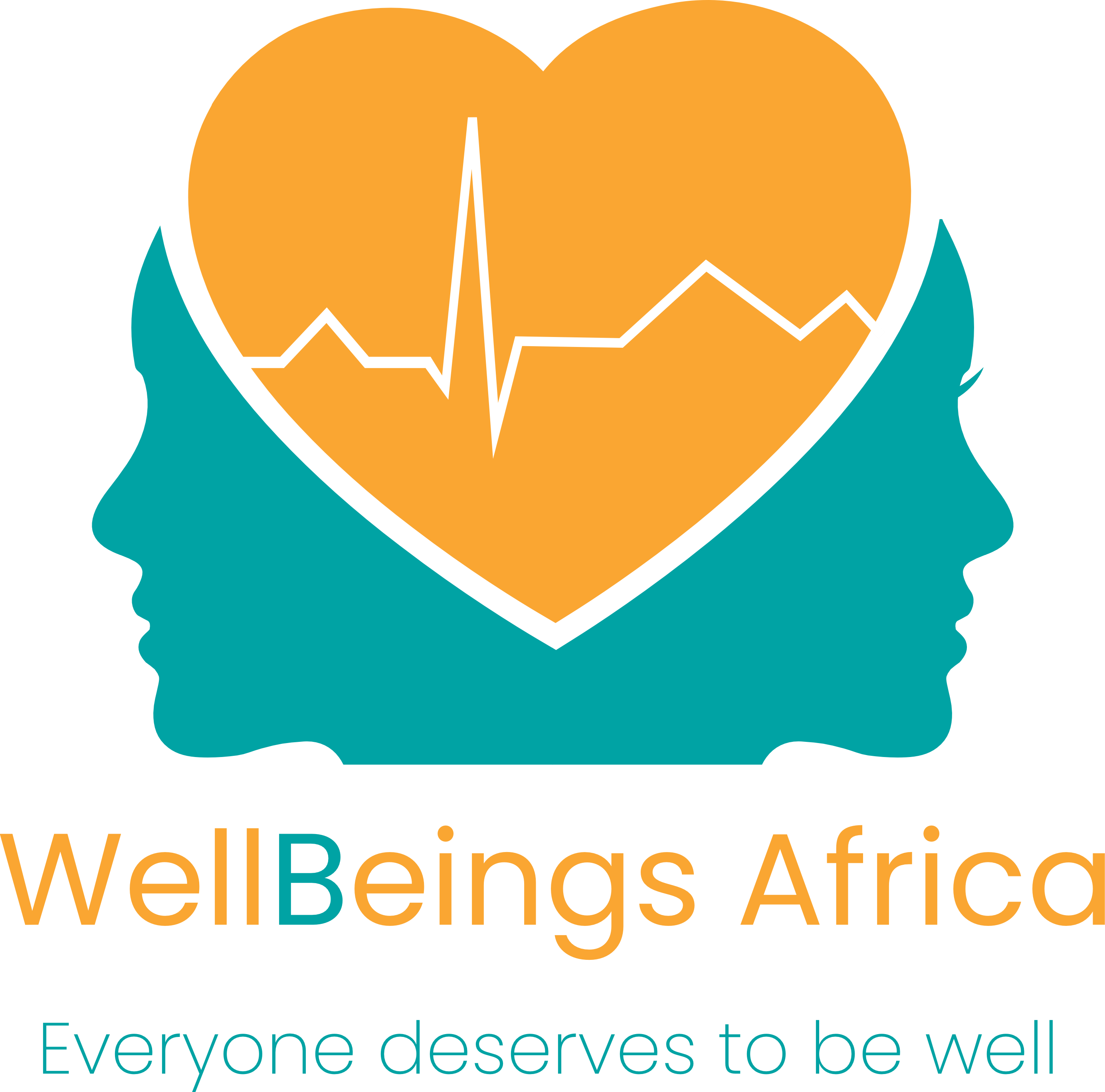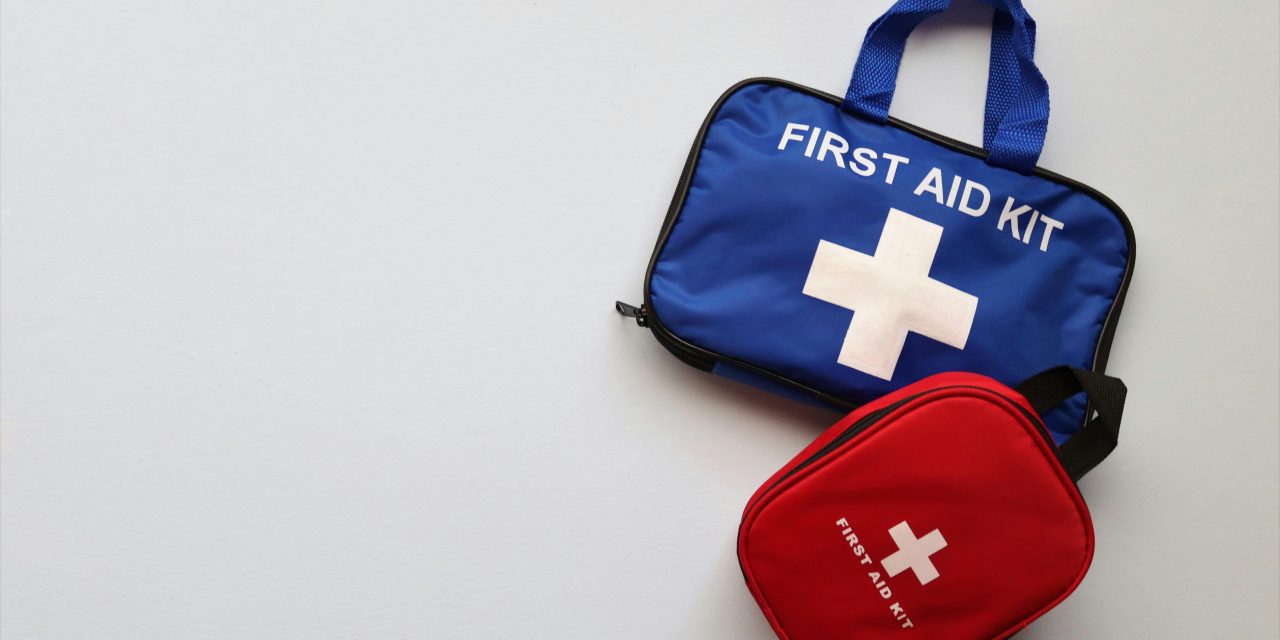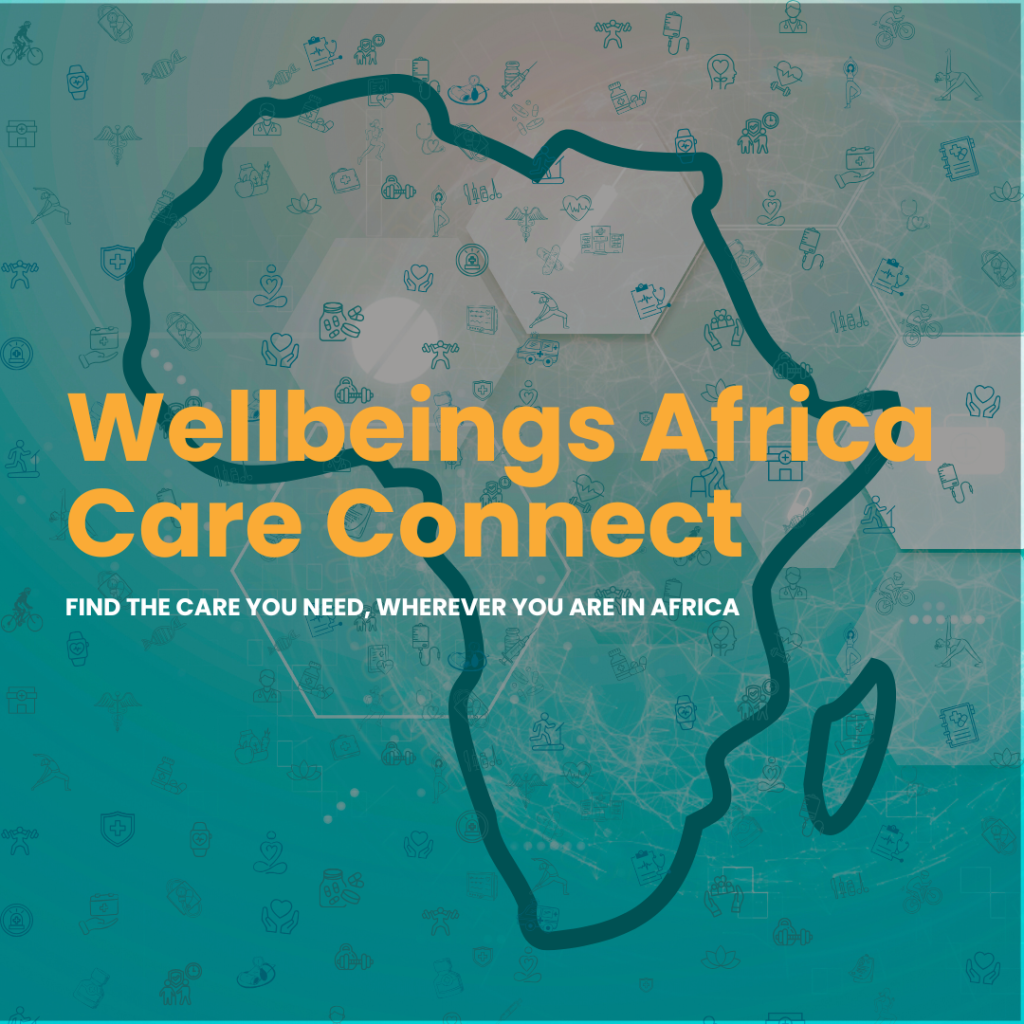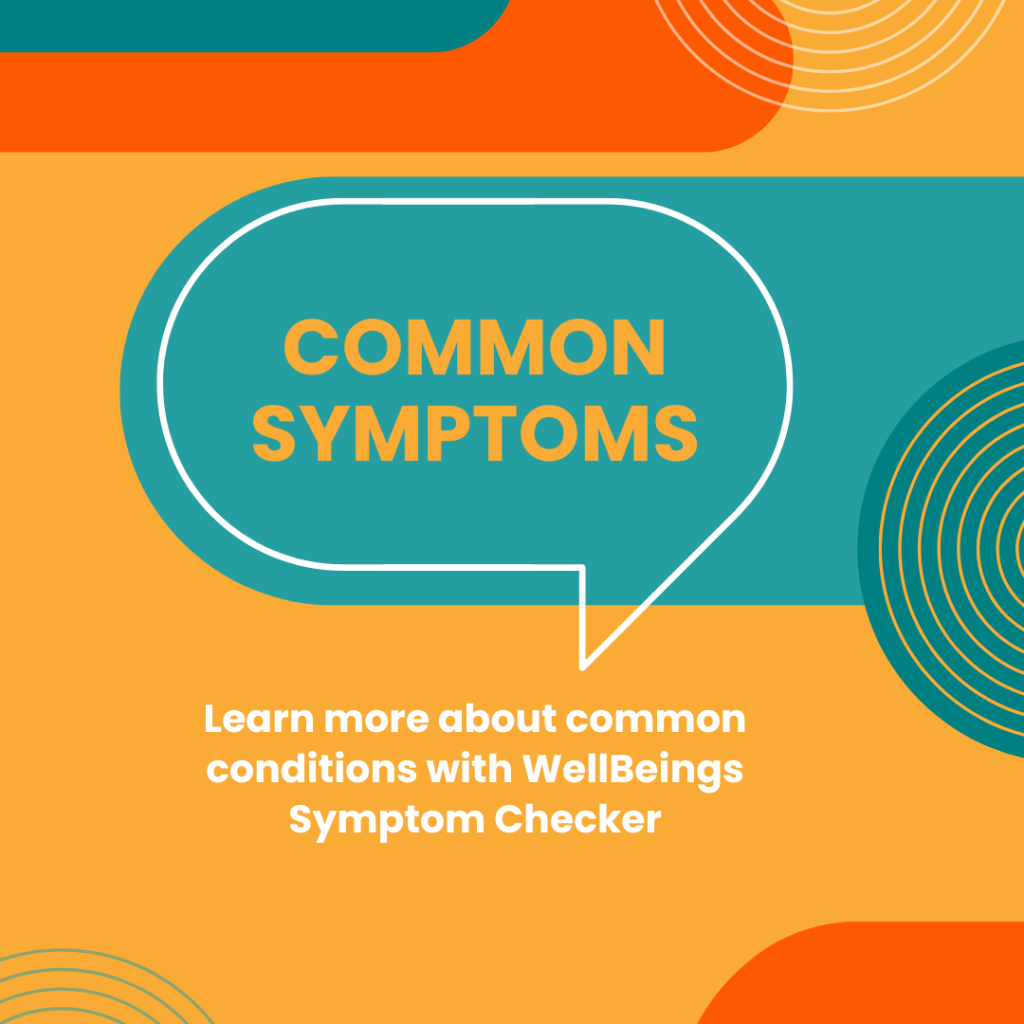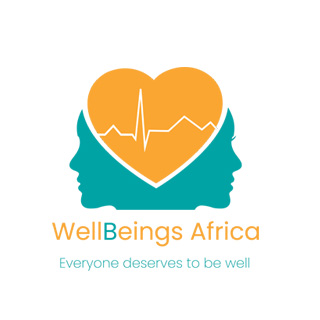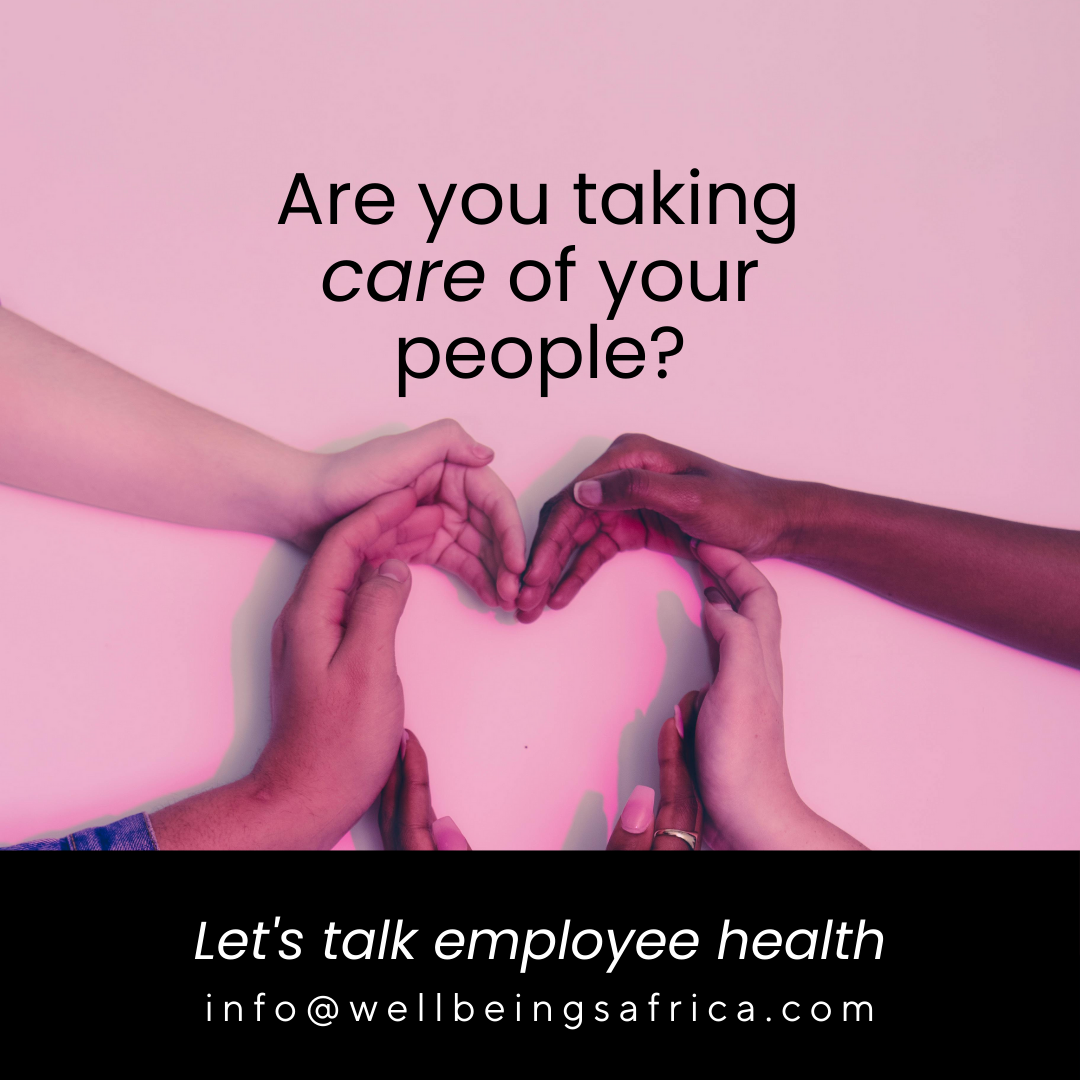A shock may not sound serious, but it’s a life-threatening condition that calls for swift first aid
Some people incorrectly assume that a “shock” is simply an emotional reaction, but a medical shock is a severe condition where blood pressure drops too low to supply vital organs with oxygen. This is why it’s essential to have an understanding of administering basic first aid for shock.
The most common cause of shock is severe blood loss from a wound or even internal bleeding. A person could also go into shock from a serious infection, low blood sugar (particularly diabetics), hypothermia, a severe allergic reaction or a drug overdose.
A person in shock may experience confusion, anxiety or agitation due to the brain not receiving enough oxygen. This, in turn, affects their mental clarity and emotional stability.
Signs and symptoms of shock
- A rapid pulse.
- Pale, cold, clammy skin and/or sweating.
- Grey, blue skin, especially inside the lips. Try this: press a fingernail: if the colour doesn’t immediately come back, that’s a sign.
- Weakness and dizziness.
- Nausea and vomiting.
- Restless, aggressiveness (as the brain’s oxygen supply weakens).
- Yawning and gasping for air, eventually leading to unconsciousness.
Step 1
Call for an ambulance immediately. Give them as much detail as you can about the person’s obvious symptoms that you can gauge. Don’t forget to give them the address!
Step 2
Lay the person down on a comfortable surface and cover them with a warm cloth or blanket. Take a few moments to reassure the person that help is on the way.
Step 3
Raise and support the person’s legs to improve their blood supply to their vital organs. Be careful if there’s an open wound or injury.
Step 4
Loosen the person’s clothing at the neck, chest and waist areas to reduce constriction and to help them breathe easier. If the person starts to lose consciousness, open the airway and check breathing. You may need to give chest compressions and rescue breaths if necessary.
Step 5
If the person vomits or starts to bleed from the mouth, gently roll them onto their side (recovery position) to prevent choking. If it’s an older person, be as gentle as you can to avoid further injuries. Older people are more vulnerable to shock because their bodies may not compensate as well for blood loss or dehydration. They may also have other underlying conditions that hamper their recovery.
What NOT to do
- Don’t give the person any food or drinks. You can moisten their lips with a few drops of water if they’re thirsty.
- Don’t move the person from one spot to another.
- Don’t let them stand and move around. Movement can worsen shock and may cause fainting. Keep the person as still as possible.
- If the person has an injury to their head, neck, back, or legs, do not elevate the legs. This could worsen their condition. Keep them flat instead.
- Don’t leave the person alone. Stay with them until the ambulance arrives.
- Don’t try to warm the person with a heater or hot water bottle. Use only a light blanket or towel.
Sometimes, it’s not easy to tell if someone is in shock as they may not display breathing difficulties at first. However, their oxygen levels may drop suddenly. If this is left untreated, it can quickly lead to organ damage.
Don’t underestimate the role that dehydration can play in shock. Extreme dehydration, whether from severe vomiting, diarrhoea or simply not having enough fluids can trigger hypovolemic shock. This is where the body doesn’t have enough fluids to maintain normal blood pressure.
It can be frightening for you to deal with a medical emergency, especially if it’s attending to yourself or another person. Try to stay as informed as possible of first aid techniques, don’t believe common myths, and always get emergency help if you notice these symptoms in yourself or others.
Image: Pexels
